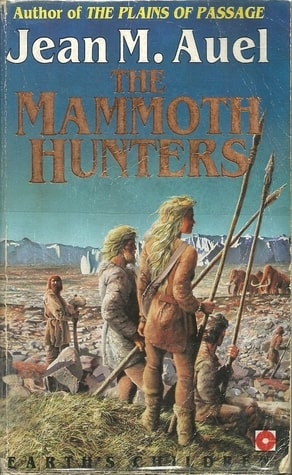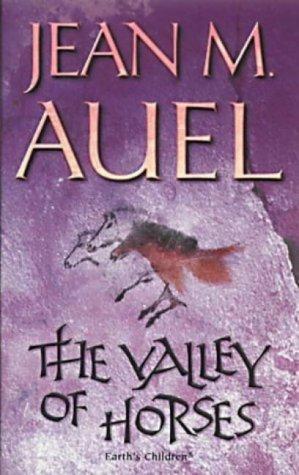
Book review of The Mammoth Hunters by Jean M. Auel, the third novel in the Earth’s Children series set in prehistoric Europe.

This post may contain affiliate links, which means I may receive a commission, at no extra cost to you, if you make a purchase through a link. Please see our full disclosure for further information.
Synopsis
Ayla and Jondalar meet the Lion Camp of the Mamutoi. They are invited to stay for the winter, and Ayla is adopted as one of them.
The Lion Camp includes Rydag, a half-clan boy that reminds Ayla of her son Durc, and Ranec, a carver with dark skin who falls immediately in love with Ayla.
When Jondalar acts sharp and mopey, Ayla believes that he doesn’t love her anymore and spends more time with Ranec. This makes Jondalar feel worse. Despite Ayla’s hopes that Jondalar will come back to her, she ends up promised to Ranec and prepares to officially join with him at the summer meeting.
Review
I wrote in my review of The Valley of Horses about how Jondalar is too perfect and how this brings him problems. These problems are much more evident in The Mammoth Hunters as he struggles with jealousy and more-or-less reverts to childhood.
I know that the misunderstanding between Ayla and Jondalar drives the main conflict and most of the plot, but it is so stupid. Why do they not communicate?!?!? I wanted to bang their heads together. The Mamutoi are supposedly open and blunt, but not one of them says anything to help resolve the obvious problems going on.
The ending felt sudden. Throughout the book, Jondalar and Ayla have all these massive problems that are constantly worsening and compounding. Then right at the end, both of them have something like an epiphany and decide none of their problems matter. The whole resolution is just too quick to feel realistic.
The number of innovations that Ayla comes up with increases: she invents the sewing needle and adopts a baby wolf. While the circumstances surrounding each innovation remain realistic, she has already discovered how to make fire with stones, domesticated horses, and helped Jondalar develop the spear-thrower. This was one of the issues I had with The Valley of Horses, and it doesn’t get any better in The Mammoth Hunters.
I loved all the details, particularly around how the people live and hunt. However, The Mammoth Hunters doesn’t add much to the series. It is quite the detour from the overall plot and could easily have been much shorter.
Conclusion
Have you read The Mammoth Hunters? What did you think? Do you agree with what I’ve said about it? Let me know in the comments.





